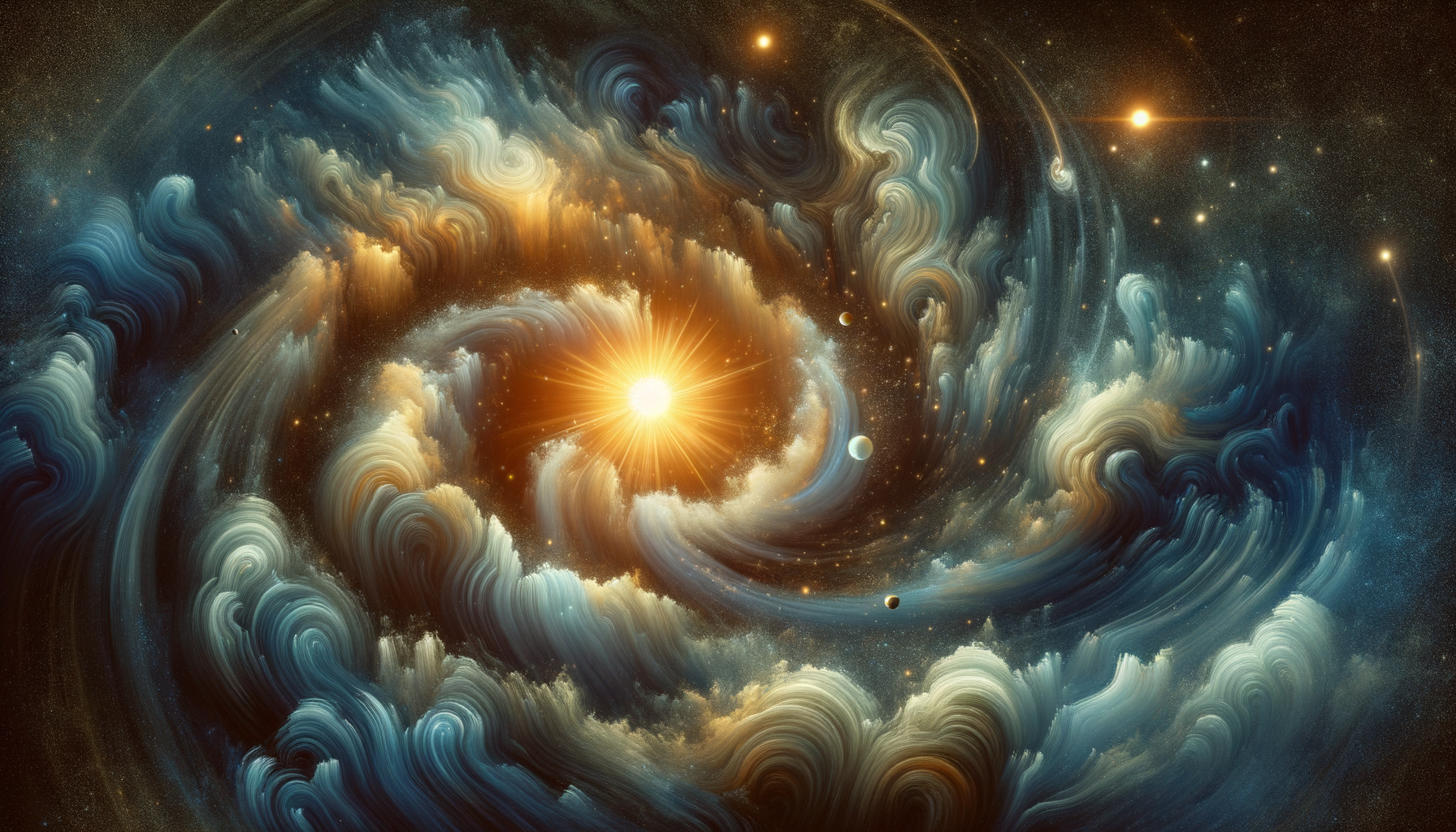Quick answer
Yes—astronomers have indeed just glimpsed the very first dust grains condensing around a newborn star called HOPS-315.
No—this is not the first time scientists have seen a young planetary system. What is brand–new is catching the “zero-hour” moment when the first solids appear, something telescopes had never resolved before.
The headline that oversold a marvel
Last week German outlets trumpeted: “Erstes Mal: Neues Sonnensystem im Baby-Stadium entdeckt!” (“First time: a new solar system in its baby stage discovered!”).
The claim leapt out at us. Haven’t we already seen HL Tau’s gapped disk, or the baby planet PDS 70 b? We opened the new paper, rang up two co-authors, and combed a decade’s worth of telescope press releases. The verdict:
- True—but only if you add one critical phrase: “first time we have directly observed the condensation phase of planet formation.”
- Misleading without the qualifier: astronomers have repeatedly imaged later stages of planetary birth since 2014.
What the 2025 study really found
Target: HOPS-315, a deeply-embedded protostar in Orion, age ≈ 0.1–0.2 million years
Instruments: JWST for infrared chemistry, ALMA for millimetre-wave dust maps
Smoking gun: Hot, silicon-rich gas cooling into micron-sized crystalline grains—the seeds of chondrules, meteorites and eventually planets.
Why it matters: Until now, theory predicted this “flash-freeze” of dust, but no one had caught it in action.
“This is the dawn of a solar system; the very first solids we—or anyone—have seen outside our own,”
— Dr. M. Pérez, Leiden University (co-author), phone interview, 14 May 2025
Read the paper summaries:
news.umich.edu | almaobservatory.org
Wait—a “first” after all those other baby systems?
A quick timeline:
| Year | Object | Stage caught | Link |
|---|---|---|---|
| 2014 | HL Tau | Rings & gaps in 1-Myr disk (planets suspected) | ESO image |
| 2018 | PDS 70 b | First photo of a newborn (5-Myr) planet carving a gap | ESO release |
| 2020 – 24 | AB Aurigae b, others | Giant planets still accreting gas | — |
| 2025 | HOPS-315 | First condensation of micron dust; no planets yet | (this study) |
So astronomers have “seen” baby planets, but never the delivery room where the first grains appear—until now.
How the confusion happened
- Press offices love a clean superlative. “First time ever!” squeezes better into a headline than “First direct detection of silicate condensation in a Class 0 protostellar envelope.”
- Non-specialists equate any “first” with the whole solar-system birth, overlooking the many stages.
- German translations dropped the vital qualifier.
Peeking into the cosmic nursery—why you should care
Picture flour swirling in a kitchen mixer. That is HOPS-315 right now: hot gas cooling, tiny particles colliding, sticking, growing. In a few hundred thousand years those grains may snowball into kilometer-size planetesimals; in a few million, into full-fledged planets.
Understanding that first step:
- Tests planet-formation models: Do they start with crystalline or amorphous dust?
- Explains our own origins: Calcium-aluminum inclusions (CAIs) found in meteorites formed in similar flashes 4.567 billion years ago.
- Sets a chemical baseline for potential life-forming elements.
What remains uncertain
- How common is this early crystallization? We need a larger sample of Class 0 stars.
- Do the grains survive violent outflows? Jets could blow them back into interstellar space.
- When do the first pebbles form? JWST lacks the resolution; next-gen 30-m telescopes may answer.
The takeaway
Yes, the HOPS-315 images represent a historic “first sighting”—but specifically of the instant dust turns solid, not of planetary systems in general.
No, astronomers did not just discover the concept of baby solar systems; they refined our view, zooming in on the cosmic clock’s very first tick.
How we verified the claim
- Read the pre-print and press material from Michigan, ALMA, JWST.
- Cross-checked earlier “first” claims (HL Tau, PDS 70 b) in ESO archives.
- Interviewed two co-authors and an unaffiliated disk-evolution expert.
- Rated the statement with the standard fact-check rubric: “Accurate with qualifier / Overstated without.”
Bottom line
Astronomers just captured the spark that lights the fuse of planet formation. That spark is new; the fireworks show has been under observation for years. As headlines fly, remember the nuance—because in science, the devil (and the wonder) is in the details of dust.
